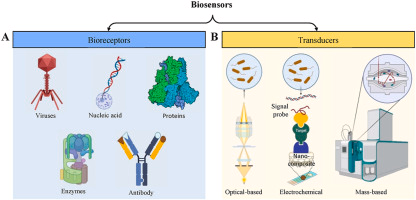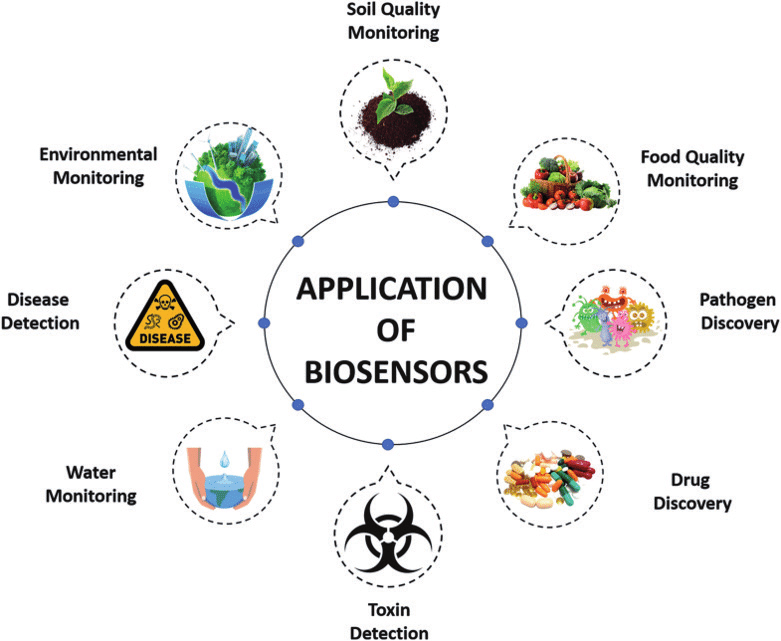Biosensing technology is rapidly transforming the agricultural landscape, offering new ways to monitor and enhance crop health, productivity, and sustainability. At its core, biosensing involves the use of sensors to detect specific biological molecules or environmental conditions, providing real-time data that can inform better decision-making and management practices.
How Biosensing Technology Works
Biosensors are devices that combine a biological component, such as an enzyme or antibody, with a physicochemical detector component. When the biological element interacts with the target analyte (such as a specific molecule or microorganism), it produces a signal that the detector converts into measurable data. This data can then be used to monitor various aspects of plant health, including nutrient levels, disease presence, and environmental stress factors.
Applications in Agriculture
- Nutrient Monitoring: Biosensors can detect nutrient deficiencies in plants, allowing farmers to apply fertilizers more precisely and efficiently. This not only improves crop yields but also reduces the environmental impact of excess fertilizer use.
- Disease Detection: Early detection of plant diseases is crucial for preventing widespread crop loss. Biosensors can identify the presence of pathogens before visible symptoms appear, enabling timely intervention and reducing the need for broad-spectrum pesticides.
- Environmental Monitoring: By measuring factors such as soil moisture, temperature, and pH, biosensors help farmers optimize irrigation and other environmental conditions to promote healthy plant growth.
Introducing Biocouplers
A key advancement in biosensing technology is the development of biocouplers. Biocouplers are devices that facilitate the interaction between biological sensors and electronic systems, enhancing the accuracy and efficiency of biosensing applications. For instance, biocouplers can improve the signal transduction from the biological component to the detector, resulting in more reliable and precise measurements.
The BioCoupler mixes, wets, agitates, coats, and moves the propagules about. It provides a high humidity, filtered air and gas exchange. It does all of this without troublesome plumbing, timers, valves, etc. And, electricity is not required. It has an integral vent hole covered by a long lasting microporous air filter with adjustable vanes that restrict the plant propagules in the top jar from falling into the liquid containing jar below. If needed, a fine mesh can be placed between the vanes but this is not normally needed.
Global Impact of Biosensing Technology
The integration of biosensing technology into agricultural practices has far-reaching implications. By providing detailed, real-time data on crop conditions, biosensors help farmers make informed decisions that enhance productivity and sustainability. This is particularly important in the face of global challenges such as climate change, resource scarcity, and the need for increased food production.
Future Prospects
As research in biosensing technology continues to advance, we can expect even more sophisticated applications that will further revolutionize agriculture. Innovations such as biocouplers will play a crucial role in this evolution, enabling more precise and efficient monitoring of crop health and environmental conditions.
In conclusion, biosensing technology is a powerful tool that holds great promise for the future of agriculture. By harnessing the capabilities of biosensors and integrating advancements like biocouplers, we can achieve more sustainable and productive farming practices that meet the demands of a growing global population.

